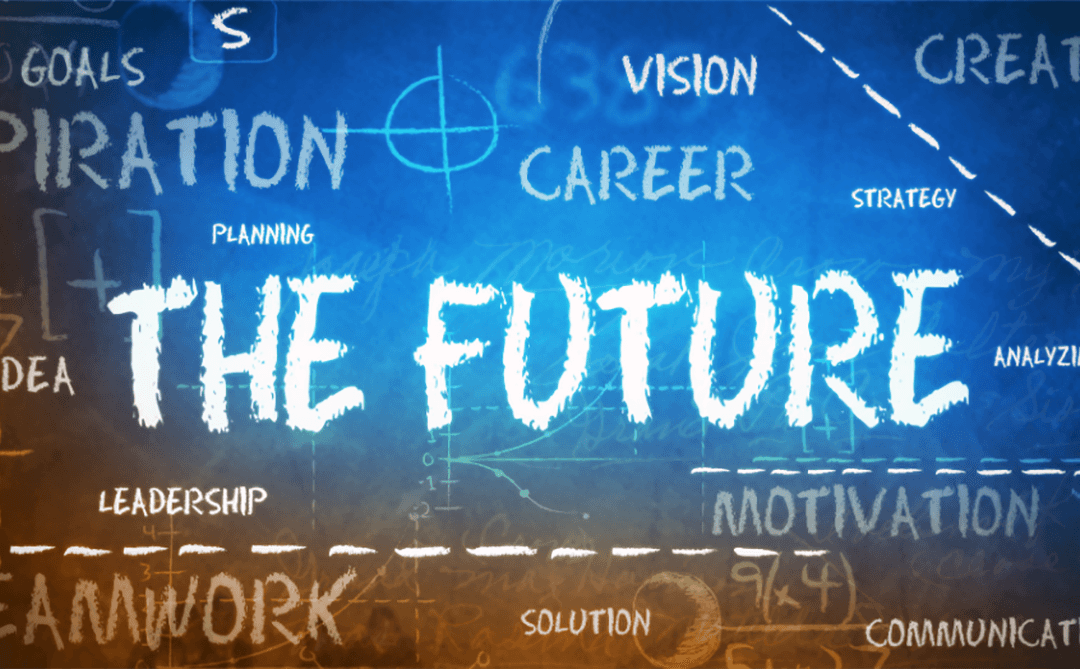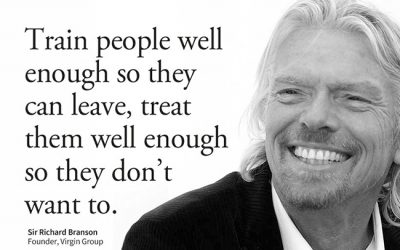Imagine with me for a moment. Let’s climb into a time machine and travel exactly one year from now. In that future, looking back on today, what would you love to have created? What does your life look like? What does it feel like? Focus in on this vision until it’s crystal clear in your mind. Do you love it? Because you have the ability to create that, even if, right now, it feels impossible.
It’s not about the plan
Most of us have been taught that the important step in achieving anything is planning every detail of how we’re going to get it done. When we approach creating something new with that mindset, sooner or later we crash into a big roadblock, and we don’t know how to push through. We hit a big wall, because we’re trying to forecast the future by focusing on the past.
Focusing on the familiar is a trap
Creating a new reality begins with a shift in mindset. When we’re focused on completing the incremental steps to complete our plan, we’re committed to the familiar: what we already have, what we already know, and who we already are. That’s a recipe for regression, because, as Maslow says, “we’re either stepping forward into growth or backward into safety.” The familiar may feel safe, when we’re actually settling for less, becoming less of who we are meant to be, missing opportunities to grow, to take risks, and fail forward.
Fail first, fail fast, fail often
When we enter the unfamiliar, when we move forward without “knowing how,” failure shows up early and often, and has a potentially paralyzing effect on us, unless we shift our thinking. When we give up on the need to “know how,” and we fall in love with the results of our vision fulfilled, the fear of failure shifts to faith in the vision. When we let go of the negative stigma attached to failure, we transform failure into a necessary part of the creative process, opening us up to the excitement of doing something new.
That enthusiasm creates a ripple effect of proactive action and positive questions. Instead of asking “What’s wrong with me?” or “How long with this take,” we begin to ask: “How far am I willing to go?” “What do I need to learn?” “Who do I need to meet to help me?” and “What next steps are in harmony with my vision?” That creative energy propels us forward.
Living in harmony with our vision
When we try to build something new using what we already have, elevating the plan over the vision, we hit a wall of ignorance and settle for something less than our vision. Les Brown says it best: “Most people fail in life, not because they aim too high and miss, but because they aim too low and hit.”
When we suspend the need to know how, when we fall in love with our vision and make choices that are in harmony with that vision, that’s when we connect with the wisdom, knowledge, relationships, and resources we need to create an “impossible” future.
When we fall in love with our vision for a better future and let go of limiting beliefs, we create opportunities to build the life we truly want.
This article was originally published in the February 2020 issue of Sandpoint Living Local / Coeur d’Alene Living Local.
4 questions to prepare you for your next big opportunity
In recounting stories of their success, people often say that one opportunity changed the trajectory of their life. We hear it all the time: on awards shows, after sporting events, during graduation speeches. Someone, at some point, was presented with an...
5 questions every employee wants their boss to ask
Recently, Forbes published a list of 10 Things Only Bad Bosses Say. While most of us have ‘bad boss experiences’ in the past, so we may relate, this article got me thinking about some of the things great leaders say to inspire and motivate their teams....
What Richard Branson looks for in a leader
Sometimes, as leaders, we feel pulled in two different directions, do we invest our time and energy in our employees or our customers? While it’s easy to say “both,” the reality is, we have limits on our time, so one or the other is going to get more of...
Creating an environment that encourages people to lead
In our most recent blogs, we looked at two different real-world customer service scenarios. In one story, both an employee and a manager fumbled a simple service opportunity that nearly cost them a long-time customer. In the next story, one employee chose...
A leader steps up and saves the deal
In our last blog, I shared a friend’s story of what he called “bewilderingly poor customer service,” that left him wondering why neither the employee nor the manager seemed to know how to fix the problem … or felt empowered to do so. Today’s story begins...
A customer service miscue leaves a lasting impression
In our last blog, we talked about the importance of investing in our team members personally, as well as professionally, and what that means for our organization. In this blog, I want to share a story about what can happen when leadership focuses on skills...








0 Comments